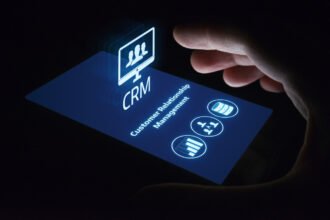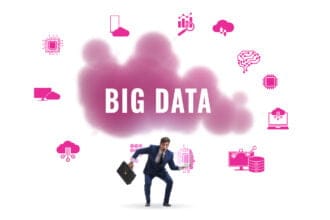Law enforcement has been changed drastically by technology over the past two centuries. The use of fingerprints was the beginning of the forensic revolution. DNA, ballistic analysis, CCTV and other types of technology have also played an important role. But big data may soon have a bigger impact on law enforcement than any technological development of the 21st Century. Big data has been used in law enforcement for some time. National crime databases have made it possible for law enforcement officials to check DNA, fingerprints and other forensic data across different jurisdictions across the country. Until recently, big data has mostly been used for monitoring forensic data to solve specific crimes. However, experts have started using predictive analytics algorithms to identify broader trends. This helps them in a number of ways:
- They can make compelling cases to get emergency resources to fight recent crime waves
- They can identify the likelihood that they are dealing with serial offenders
- They can look for precipitating factors that cause crime epidemics and pass that information along to policymakers to take preventive measures
This could be one of the biggest breakthroughs in the quest to fight crime around the world.
The Increasing Importance of Big Data in Crime Fighting
Police across the world are starting to incorporate big data to predict crime and adding technology into their police force. The UK is using the technology to help create “predictive crime mapping.” What this allows is for the police department to be able to predict where crime will happen before it actually occurs. The technology is in use in the United States already. Studies show that the UK has big data that can be used, but have long lacked the capability to use the data in a meaningful way.
How Predictive Crime Mapping Works
Big data has been used for nearly a decade for predictive crime mapping, and the technology continues to be developed and advanced. On the basic level, this technology is very simple and will create hotspots that are based on:
- Crime type
- Date
- Time
- Crime locations
When this is done, it allows for hotspot generation based on past criminal charges and data. The sources show that in the UK, these maps are able to predict where crime will occur 10 times better than the police. Kent and Manchester have both been using predictive mapping since 2012 – 2013, and using modified software that was once used for earthquakes, higher police presence is dispatched to be able to lower crime. Police officers are printing out their predictive maps to use on patrol to combat crime.
Issues Presented by Using Past Crime Data
Despite higher levels of accuracy, these big data solutions are also learning from the past, so the information can be discriminatory or bias as a result. Why? Let’s say, for example, 100 crimes occurred in the area by males in the past two years. This will create a bias that men are going to cause the crime. The same can be inputted for age, religion and race. So, it does present a system that may create a bias and reinforce this in the police force. Real-time data will be more useful, but it is lacking in police departments. What predictive algorithms are also working on is trying to pinpoint the risk of a person being a “reoffender.” This information may identify a person as a “high,” medium or low risk. If John Doe is convicted of rape, and all of his rapes occurred on High Street, algorithms may be able to suggest John Doe as a rapist if:
- Rapes occurred on High Street
- Rapes occurred at around the same time as his previous convictions
- Similar women were raped
Of course, it may not be John Doe, but this form of predictive modeling is an option with big data. It may be possible to scour records, looking for similar crimes with similar circumstances and tying them together. Accuracy of such systems, such as the Harm Assessment Risk Tool, has shown to be highly accurate for low-risk individuals with a 98% accuracy rate. High-risk accuracy rates were 88% accurate. As information among departments becomes more available, it may be possible for police to monitor crimes across counties, predicting where a serial criminal may strike again.
Big Data is the New Weapon Against Crime
Fighting crime is a major concern in the 21st Century. The good news is that big data is proving to be a valuable tool in the arsenal of law enforcement officials in every jurisdiction. This will help reduce the crime epidemics we face.










